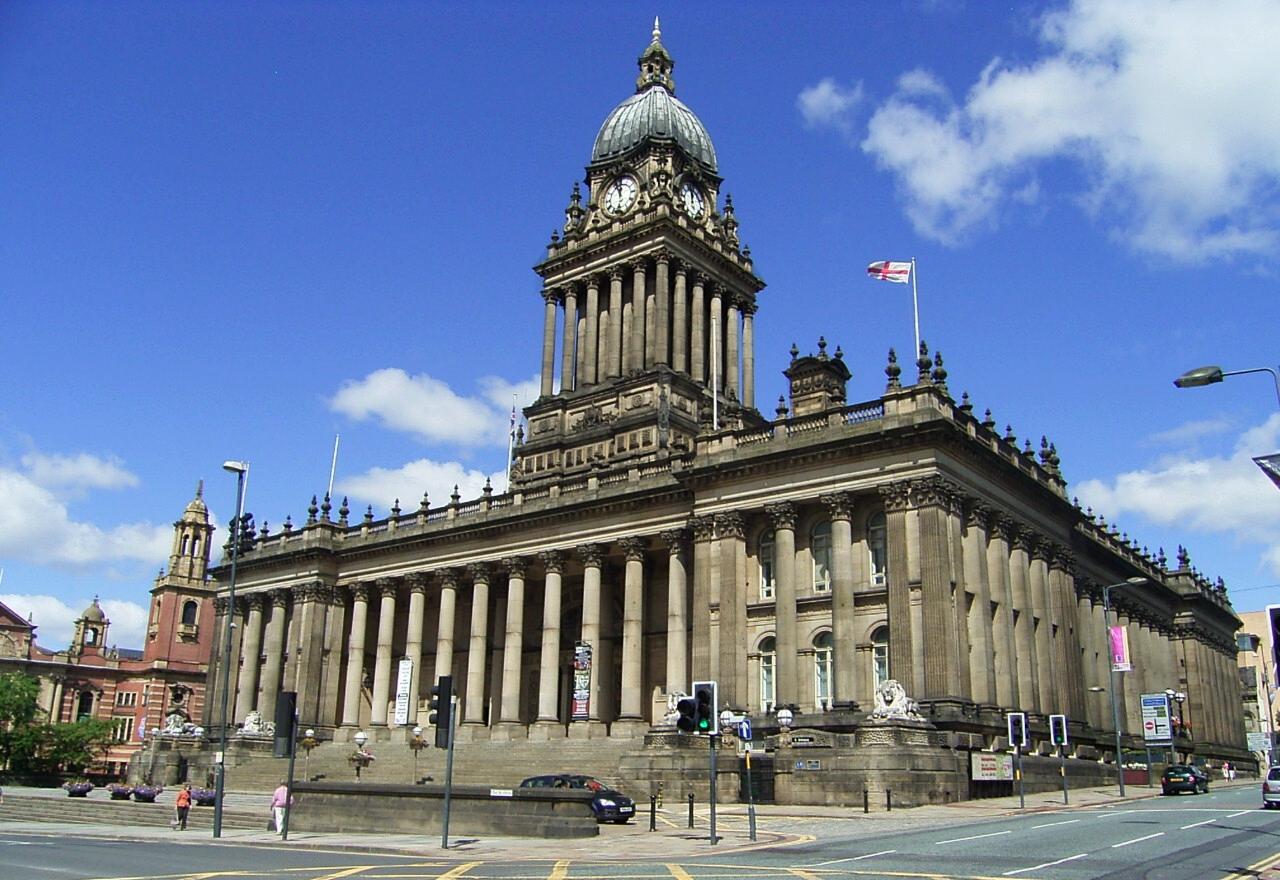Oddly, Leeds has established itself as one the largest SEO cities in the north when it comes to specialist SEO agencies. Perhaps it is of little surprise when you think of the advantages; a young digitally-focused city, with several large universities helping to supply a regular flow of junior SEO executives, feeding the Leeds SEO companies who are ever-hungry for a skilled and intelligent workforce.

After holding senior positions in two of the largest and most successful SEO agencies in Leeds (and the UK, come to mention it), I’ve been in the unique position of working with, and producing the SEO strategy for some of the world’s biggest brands. If you are at all interested in how I can help your business, please contact me for more information.
A little bit more about my home town of Leeds
Known as a Gamma world city by the Globalisation and World Cities network, Leeds is one of the cultural, commercial and financial centres of the UK outside of London.
Although a thriving city in the 21st century, this has not always been the case, and like many cities and towns in the North of England, Leeds has experienced extreme highs and devastating lows during the 20th century alone.
Originally known as Liodis, the first official reference of the area took place in 730AD when the Vebe of Jarrow mentioned “the region known as Liodis.” Although it is unclear whether there was any settlement at the time, the next historical reference takes place in the Doomsday book in 1086, and denotes a settlement named Ledes.
It is theorised that there could have once been some sort of Roman fort in the area, though there is no concrete evidence to suggest this. The name Liodis could have been the name of a tribe in the area and it’s name could possibly mean “people of the river.” Interestingly, before the Norman invasion of Britain, it is notable that the area also spoke ancient Welsh.
During the Norman conquest, Leeds was an agricultural domain around the size of 1,000 acres divided into seven manors which were held by seven thanes. It is recorded that there were also six ploughs, a priest, a church and a mill. The domain’s taxable value was found to be six pounds.
By 1086 the land had increased in value and was soon owned by Ilbert de Lacy, who was granted the lands by William the Conqueror, alongside lands stretching from Lincolnshire and Lancashire. De Lacy’s chief stronghold was Pontefract Castle.
It is thought to be fortunate that the lands actually belonged to a friend of William the Conqueror, as it meant that they were spared during the Harrying of the North, a genocide which decimated both the land and the people.
As a result, only 25% of the population remained, with 150,000 found missing in the surveys following the harrowing; representing a total loss of around 4.5% of the country.
The people of Leeds received their first charter in November 1207 and the settlement was seen to have significant advantages, being on a river crossing between two of the largest market towns of the north – York and Chester. The preamble of the charter reads:
“I Maurice Paynall have given and granted and by this charter confirmed to my burgesses of Leeds and their heirs franchise and free burgage and their tofts and with each toft half an acre of land for tillage to hold these of me and my heirs in fief and inheritance freely quit and honourably rendering annually to me and my heirs for each toft and half an acre of land sixteen pence at Pentecost and at Martinmas.”
Maurice de Grant’s family (otherwise known as the Paynalls) were given Leeds from the de Lacy family after being subinfeudated. However, Maurice wasn’t too lucky, as he lost the Leeds estate in 1217 after choosing the wrong side during the battle of Lincoln.
For many centuries the growth of Leeds was relatively slow and it wasn’t until the Tudor period that the town began to expand – largely, thanks to the emergence of the cloth trade after weaving was introduced to the area during the reign of Edward III.
After the English Civil War, the first history of Leeds was written about by Ralph Thoresby and the town was recorded to be notable for woollen cloth manufacturing; representing 30% of the country’s woollen exports by 1770. It is also recorded that around this time, the town had a population of around 10,000 people.

During the time of the Industrial Revolution, by 1840, the population of the town exploded to 150,000 – this was largely helped by new canals and the Leeds and Selby railway, which opened in 1834. Before long the town was linked to Sheffield, Manchester, Liverpool and York via rail.
In 1893 Leeds was granted city status and coal mining was another industry that sprang up and flourished in the immediate area around the centre. Upon the dawn of the 20th century, both the University of Leeds and Leeds Metropolitan University (now known as Leeds Beckett University) were established and the city also enjoyed medical expansions with the openings of Leeds General Infirmary and St James’s Hospital.
Although the city suffered no raids during the Great War, it lost thousands of men in Europe – most notably 750 men that were killed in the first hours of The Somme; a day where Leeds became almost fatherless.
During the Second World War, the city sustained heavy bombing during what is known as the Leeds Blitz, wherein the city was bombed no less than nine times in two days, killing 65 people. The last unexploded bomb was found in 2012.
Like many cities in the north, by the 1970s the city’s industry faced irreversible decline and for many decades Leeds struggled to overcome its great loss of industry.
By the dawn of the new millennium however, a new Leeds was beginning to emerge thanks to heavy investment within the financial district, Granary Wharf and the Leeds Dock area. The growth helped change the economy of Northern England and Leeds is now one of the largest financial centres in Britain outside of London. New tertiary industries have been setting up since the late 1990s and Leeds was the first city in the UK to have full broadband; receiving great digital coverage during the dot-com bubble.
Agencies in Leeds offering SEO Services
Today there are a great many digital agencies offering SEO within the centre of Leeds, some of them specialists in the field, and some offering SEO within the full service model including:
- Bloom
- Blueclaw
- Branded 3
- Cool Beans
- Deepblue
- Epiphany
- Fuse 8
- Fusion Unlimited
- My Social Agency
- SALT.agency
- Search Labs
- Sticky Eyes
- Twenty Six Digital
- WMG
Thanks to the high calibre of graduates leaving the three universities, many digital agencies find themselves in constant expansion and the head offices of ASDA, Jet2.com, First Direct, Ginetta Cars and Yorkshire Bank can all be found within the city centre.
The city is also serviced by Leeds Bradford Airport, which connects the city to the major cities of mainland Europe. Leeds is also found on the M1, M62 and A1(M), connecting it to major UK cities throughout the country.

